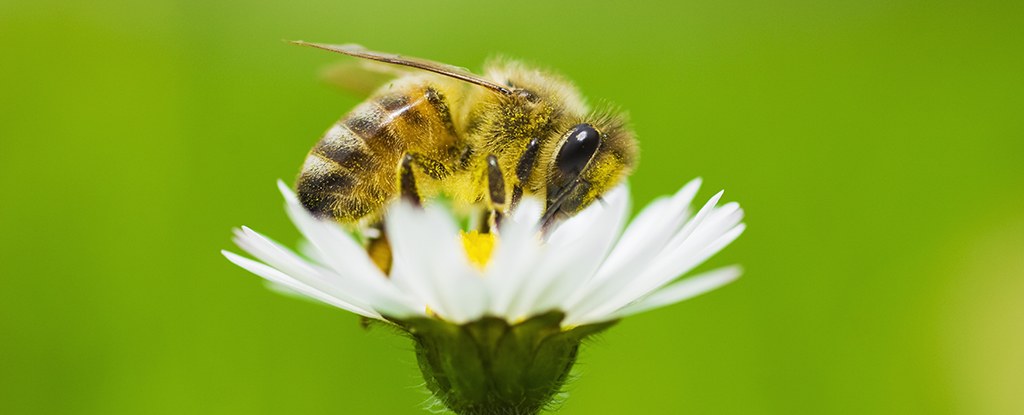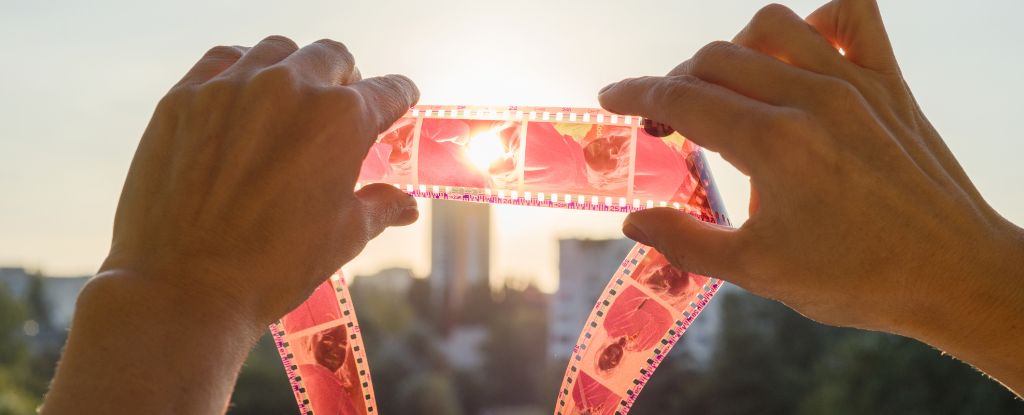Insects numbers have declined so much that plants are now taking reproduction matters into their own hands (or petals). They’re evolving to self-pollinate more often, rather than rely on ever-rarer insects to carry their pollen far and wide.
That’s the conclusion of researchers from the French National Centre for Scientific Research (CNRS) and the University of Montpellier in France, after they ran a genetic analysis of modern field pansies (Viola arvensis) against older ones grown from seeds collected in previous decades.
This disruption of 100 million years of evolution is likely to have serious consequences, according to the study team. It may cause insect declines to accelerate, as well as making plant populations less diverse and more vulnerable to environmental change.
“Population genetics analysis reveals a 27 percent increase in realized selfing rates in the field during this period,” write the researchers in their published paper, indicating a sharp increase in the pansies opting for self-pollination.
“We documented trait evolution towards smaller and less conspicuous corollas, reduced nectar production and reduced attractiveness to bumblebees, with these trait shifts convergent across the four studied populations.”
The flower’s surface was around 10 percent smaller on average compared with those that bloomed 20 to 30 years ago, the results showed, while nectar production levels had dropped by 20 percent. The study showed that modern plants were also less frequently visited by insects.
You can see the feedback loop going on here: fewer insects means fewer pollination visits, which means the effort and energy that a plant is putting in to produce nectar and make itself attractive is going to waste. As it shrinks its petal size and cuts down on making nectar, the diminishing numbers of insects have even less reason to stop by.
Other aspects of the field pansies, including the leaf size and the total size of the plant, hadn’t changed significantly across the decades. That indicates that the main change here is a shift to self-sufficiency when it comes to reproducing.
We already know that flowers are capable of quickly evolving in order to maximize their chances of survival, but the researchers point to the dangers of inbreeding on genetic diversity and ultimately extinction risk for the plant species involved.
The team behind the study wants to see more done to protect insects against the threats of habitat loss and a warming planet – key processes driven by human activity that continue to kill off insect species and which are now having knock-on effects on the flowers that they pollinate.
“This study demonstrates that plant mating systems can evolve rapidly in natural populations in the face of ongoing environmental changes,” write the researchers.
“The rapid evolution towards a selfing syndrome may in turn further accelerate pollinator declines, in an eco-evolutionary feedback loop with broader implications to natural ecosystems.”
The research has been published in New Phytologist.





